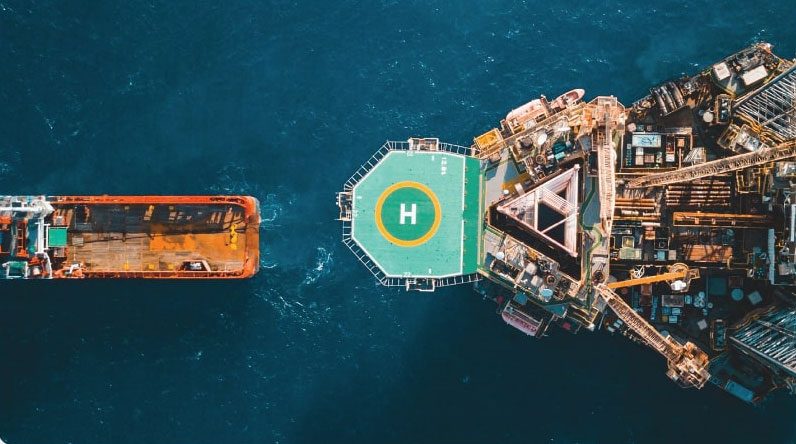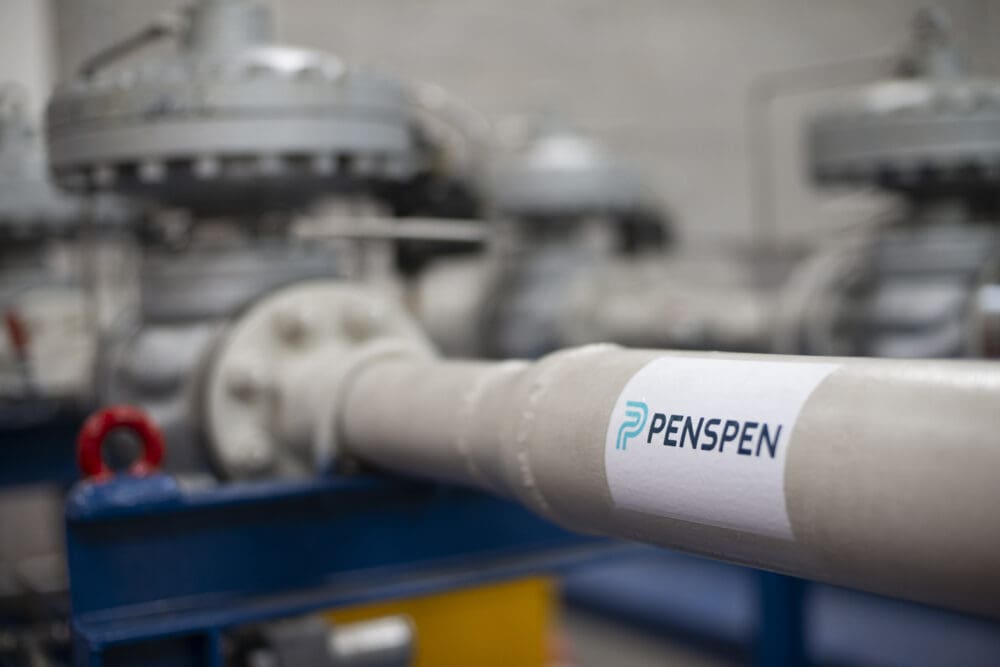Penspen participated in Gastech between the 5-8th Sept 2022, a strategic conference that gathers leaders from multiple industries to discuss crucial gas and energy topics, including energy industry megatrends, net zero ambitions, & next-generation energy solutions. Our Vice President of Technical Excellence, Nigel Curson, attended the conference and spoke during the ‘Hydrogen & Low-Carbon Solutions: Decarbonsing Utilities’ showcase, where he presented his knowledge and experience in the development of natural gases, and the actions required to actualise the reality of net zero.
Gastech saw a vast amount of industry leaders come together to discuss topics around natural gas, ranging from the management of hydrogen networks, to new carbon capture technologies. There were a number of topics discussed over the course of the event, but a summary of the key topics that were discussed & highlighted and the overall takeaways can be seen below.
Transitioning to 100% Hydrogen
During the ‘Hydrogen & Low-Carbon Solutions’ showcase, Penspen produced a presentation labelled ‘Transitioning to 100% Hydrogen: A Technical Vision for the UK Gas Network’. The presentation outlined some of the critical decisions required to get to 100% hydrogen and the implications, including the balance of hydrogen & electrification, the mix of blue and green hydrogen and more.
The ideal path for the UK networks to support net zero is a balanced solution which is concluded below:
- Blue hydrogen plays a significant role due to the maturity of the technology – it can be quickly ramped up to allow the development of downstream hydrogen transporters and users. The UK has one of Europe’s most significant potential CO2 storage capacities
- A slower transformation to green hydrogen to allow time for the technology to mature and the development of a manufacturing base & renewable infrastructure, including repurposing existing offshore pipelines to transport hydrogen for offshore wind farms to onshore users.
- Initial blending in the gas network to manage producer volume risk, transitioning to 20% for domestic heating at power, progressively switching to 100% as domestic and industrial users adapt or replace their equipment.
- Biogas will be a significant contributor to the UK energy demand, with 76% of it being converted to biomethane and transported to users via the gas network. As the network develops and progresses to 100% hydrogen, some sections may be maintained as local biomethane methane networks, or biogas can be converted directly to hydrogen using steam reforming
CO2 Capture Technology & Greenhouse Gases
The conference held multiple discussions and saw experts within their field give insights on crucial topics regarding the energy industry, including the development of CO2 Capture Technology, the emission of greenhouse gases, hydrogen geological storage and more. The key takeaways from the general conference presentation regarding the topics are outlined below:
- CO2 Capture Technology – CO2 solutions technology has matured largely over the years – carbonic anhydrase enzymes for carbon capture produces ‘by nature’ a non toxic, and highly efficient biological CO2 regulation mechanism and has gained prevalence in the field of capture technology for CO2
- Greenhouse Gases – Methane is the biggest contributor to climate change after C02, and is responsible for about 30% of the current global warming statistics. The energy sector is globally responsible for 18% of the anthropogenic methane emissions, and the EU has decided on common to help tackle this challenge (achieving a decrease in GHG emissions by 55%)
- H2 Compressed Ships – Compression provides a simple and energy efficient supply chain for green hydrogen, which can be stored & transported for usage. Some of the biggest advantages include the proven application of compression, its commercial value at low volumes and the small carbon footprint produced.
- Geographical Evaluations of Hydrogen Storage – There is a distinct need for technological developments for storing hydrogen, since pure hydrogen storage in porous media has currently not been achieved. This will depend on the decision maker’s wealth of insights regarding the challenge (storage demand calculations, environmental/societal impacts studies, case studies etc).
- Microbiological Interactions With Hydrogen – Hydrogen functions as an electric donor (or reductor) and is a very attractive source of energy for numerous reactions. Depending on the range of bacteria, possible reactions can be converted partly into cellular energy.
Want to hear from our experts directly?
"*" indicates required fields






